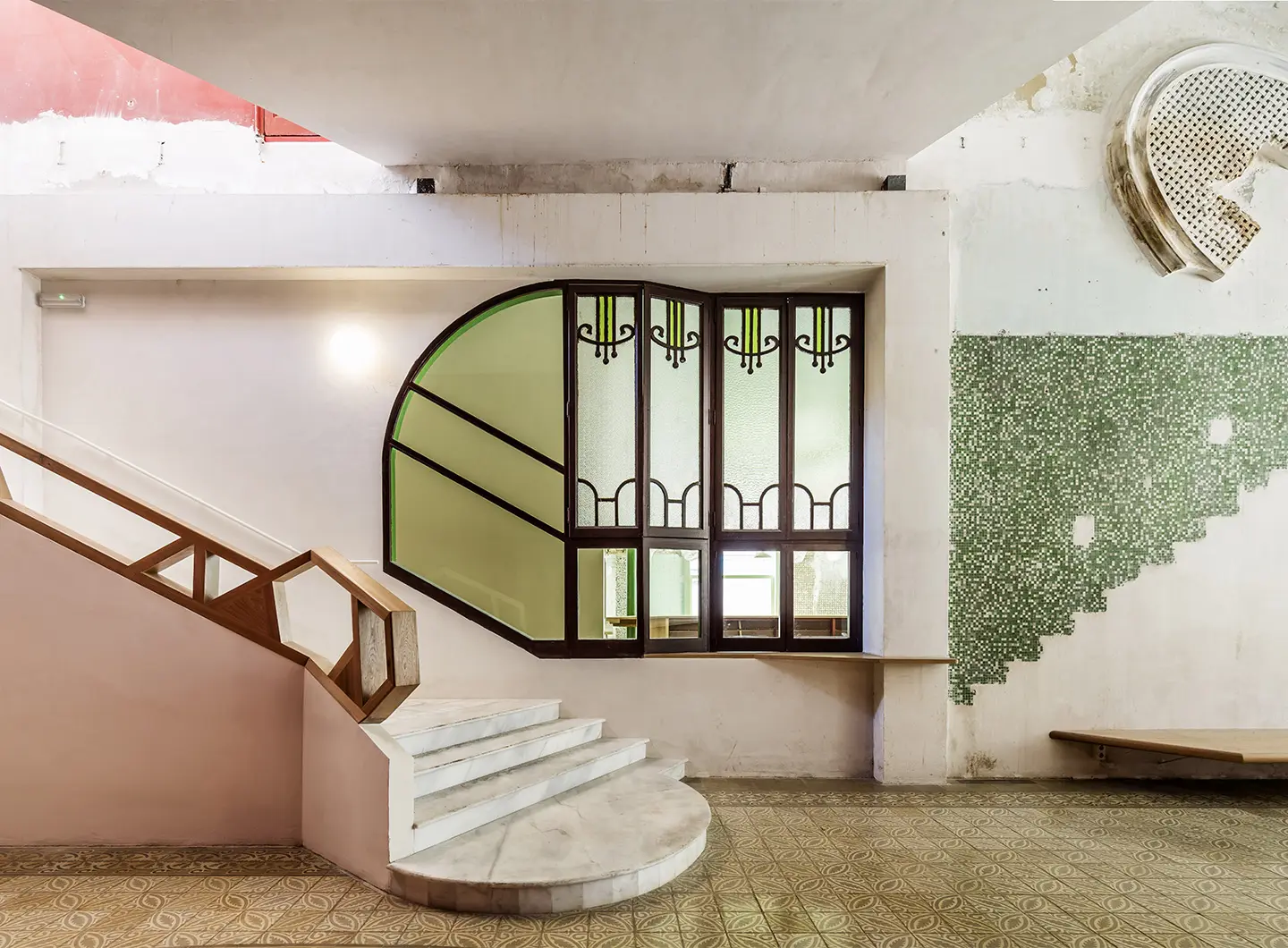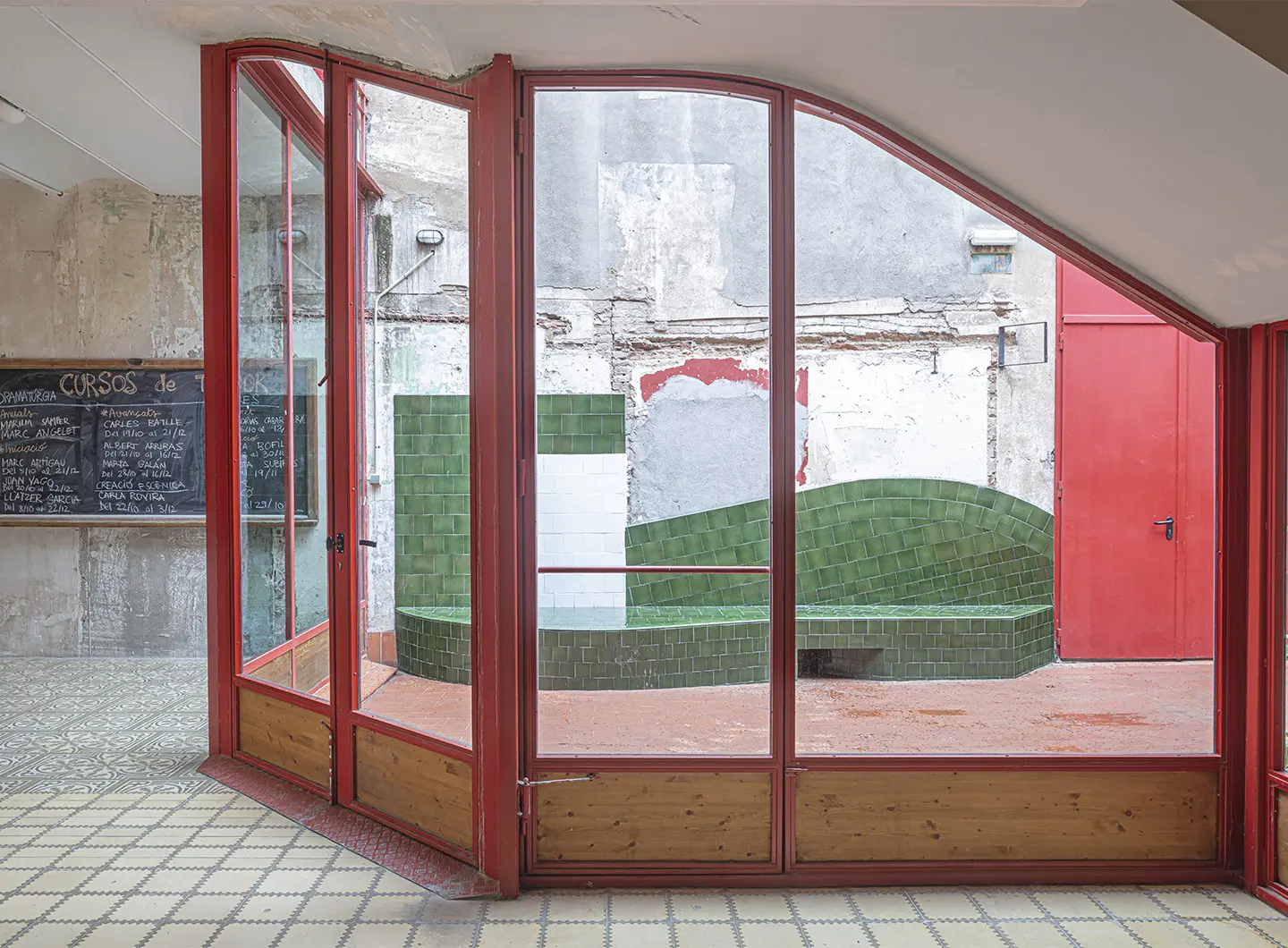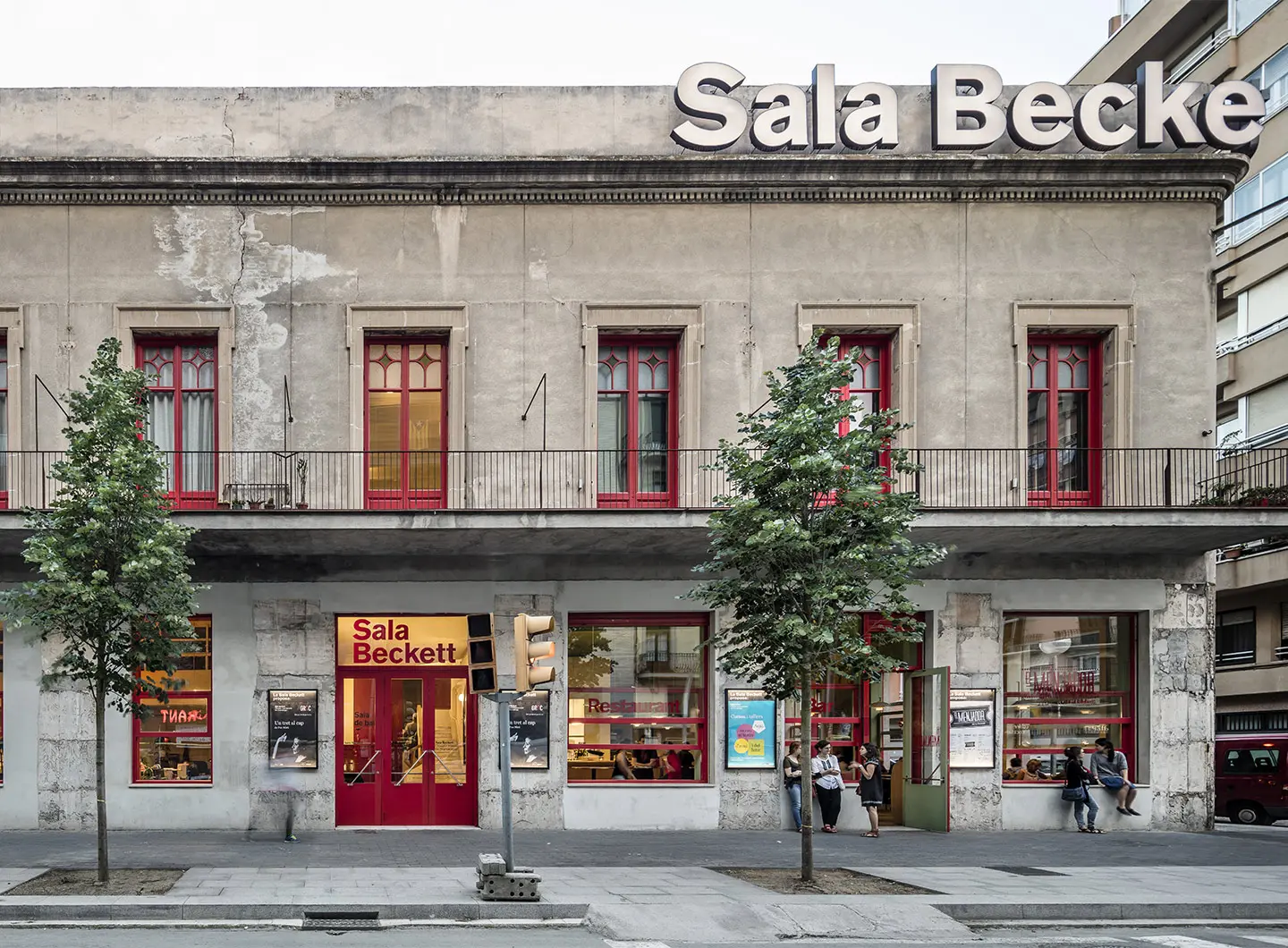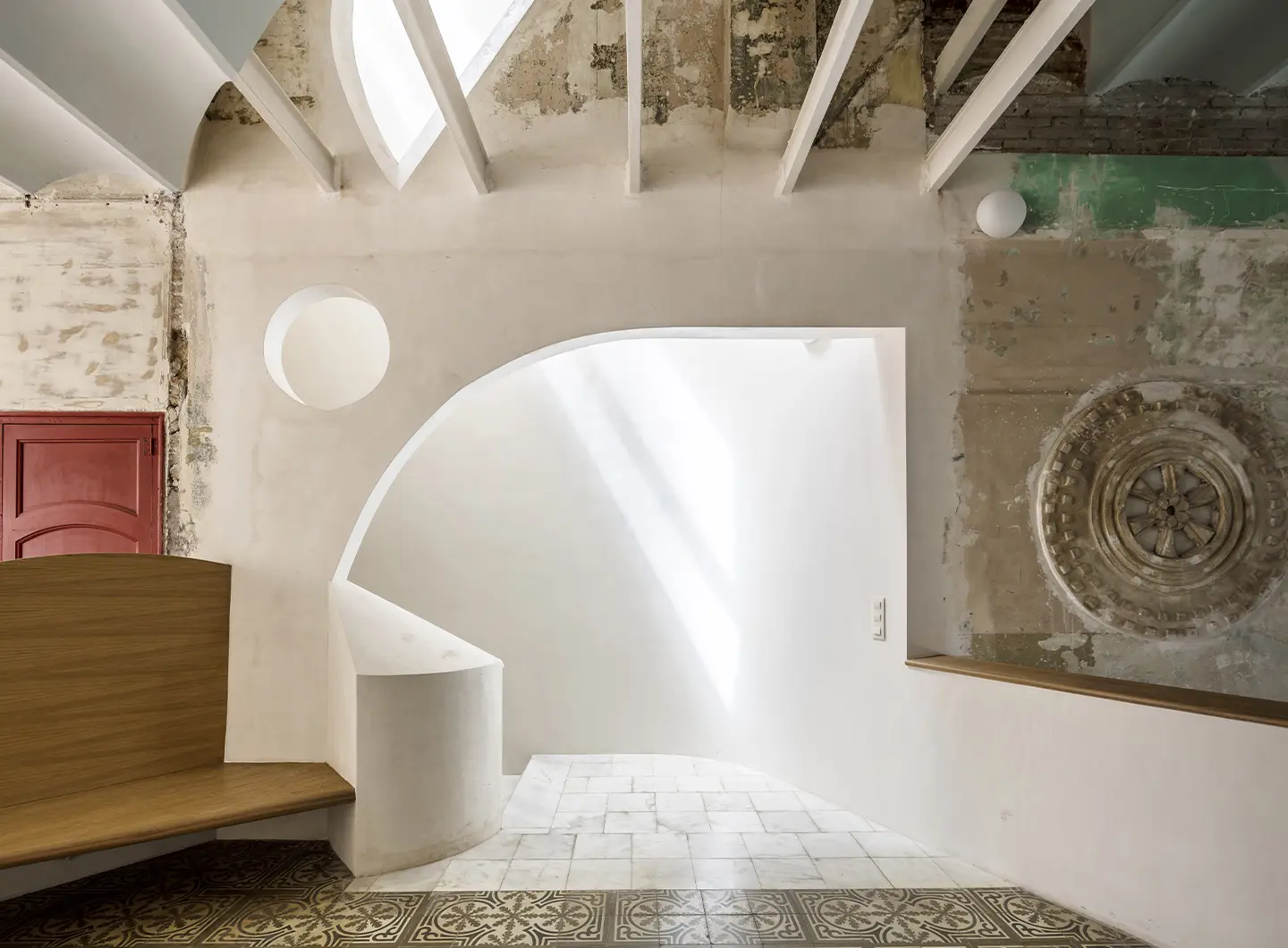From BIG to David Chipperfield, Frank Gehry to Snøhetta: a world tour of the best buildings set to open in 2026
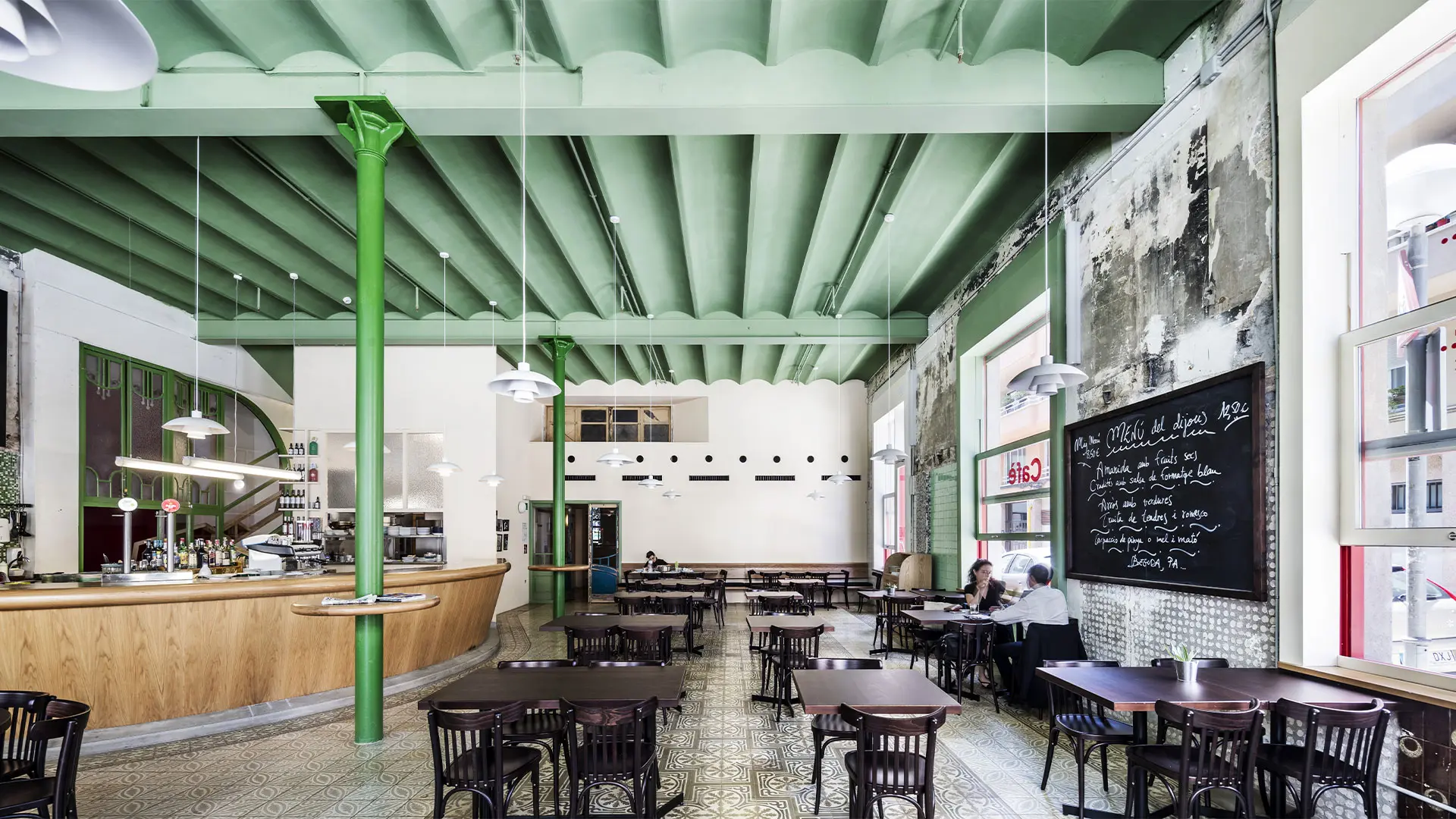
Bar Sala Beckett, Barcellona, Spain - Ph. Adrià Goula
A letter from Ricardo Flores and Eva Prats, founders of the architecture studio established in Barcelona, Spain, in 1998
We started working in Barcelona when the old town was being renovated. We had friends living in beautiful buildings that were going to be demolished, which alerted us to the fact that we were not going to inherit these beautiful pieces of architecture. We were very shocked that architects were behind this loss and didn’t recognise the value of heritage. As young architects, this had a big impact on us creating an incentive to join some of the competitions for the old towns of Barcelona or Vilanova i la Geltrú. We were more inclined to work with what could be lost.
For us, this was an opportunity to work on the heritage from previous generations, thinking on it not as a burden, but rather, as a discipline of working with the existing, which allows us to join together previous efforts. The value that is given to a building at each different moment in history reflects the society that is looking at it. Buildings contain a physical and a social reality. It is not only people that contain the memory of a neighbourhood; the buildings are also loaded with memories of the uses and lives that occupy them: the built fabric is the reflection of a social behaviour. It speaks of a way of using the ground, the sky, of a way of inhabiting… To read the memory contained in buildings and in people is to think about a future that counts on that past.
There is a big amount of construction built in the 1970s and 1980s that is already obsolete in terms of programs but strong in terms of construction materials and structure, and we find extremely important that we do not go into demolition with them, due to the huge impact in the environment that this implies, but instead think in the challenge that means to reuse and reoccupy these structures with new contemporary programs.
Our focus is to work with them without destroying their qualities. But our resistance has a humanistic component. Perhaps the world is not moving in this direction, but this affinity between experiences from different times and generations exists, even if not many practice it we are not alone. For example, projects like the Neues Museum in Berlin rehabilitated by David Chipperfield or the Palais de Tokyo in Paris refurbished by Lacaton/Vassal help and accompany us. New construction accounts for 40% of CO₂ emissions, a significant percentage. But that is not the only reason, it also matters to recover the legacy of the people who inhabited an old building, because each building encapsulates a long history.
It is fascinating to discover how new programs can be developed in buildings rich with memory, reusing already constructed resources. We could summarize our attitude with the five themes we brought to the Venice Biennale di Architettura 2023. The first is to draw with time, transforming what already exists. The second is the right to inherit from the past and the challenge to think about how to improve its qualities when rehabilitating. The third is the open condition of the ruin, which accepts new transformations and occupations. The fourth is the value of use, the elements you find inside a building and how you reuse them. The fifth is attention to emotional heritage, to the intangible values that an old building has.
For us the future of architecture is the reuse of all what we inherit, starting for avoiding demolition and instead valuing all what has arrived and bring it into the future, adapting it to new programs and ways of living. It is crucial today to be able to recover the memory incorporated into places and buildings and which allows us to have continuity with the history of the place, keeping active the networks of social, emotional and personal relationships built over time. Certainly, what is commonly lacking in the industry today is probably the resilience that the minds of designers have, to adapt to so many different behavioural systems of each place and person. The industrial world adapts more slowly to these changes, it does not keep up with the speed of the designers' minds, surely due to the inertias created over time and that are difficult to change quickly.


 Stories
Stories
